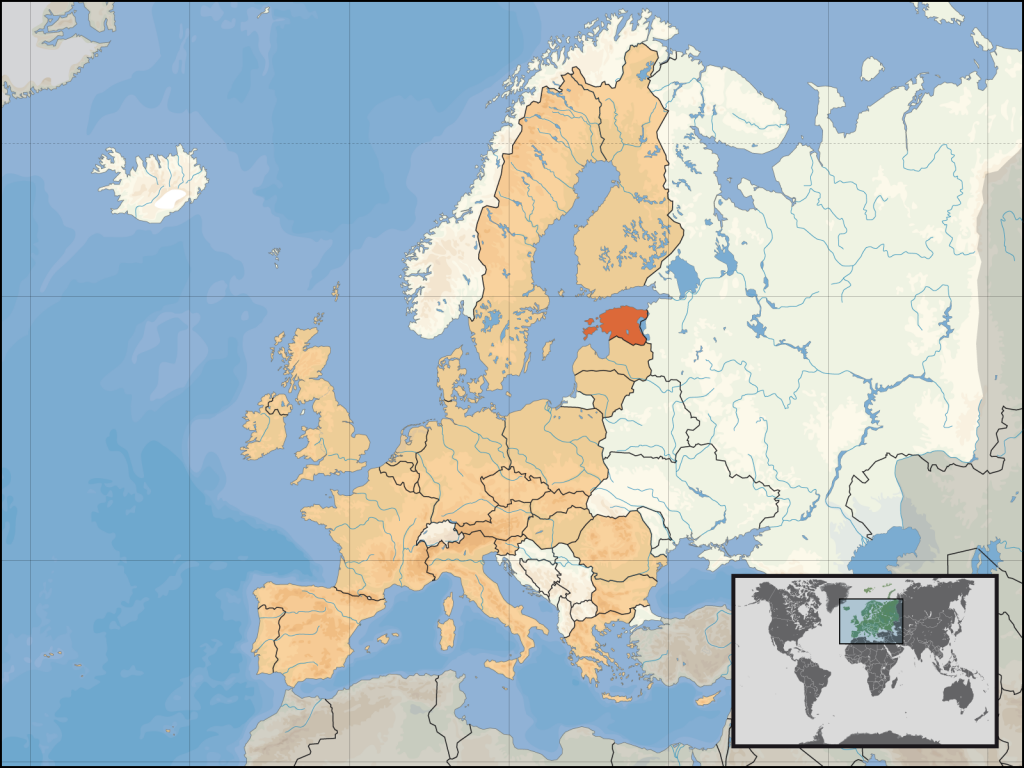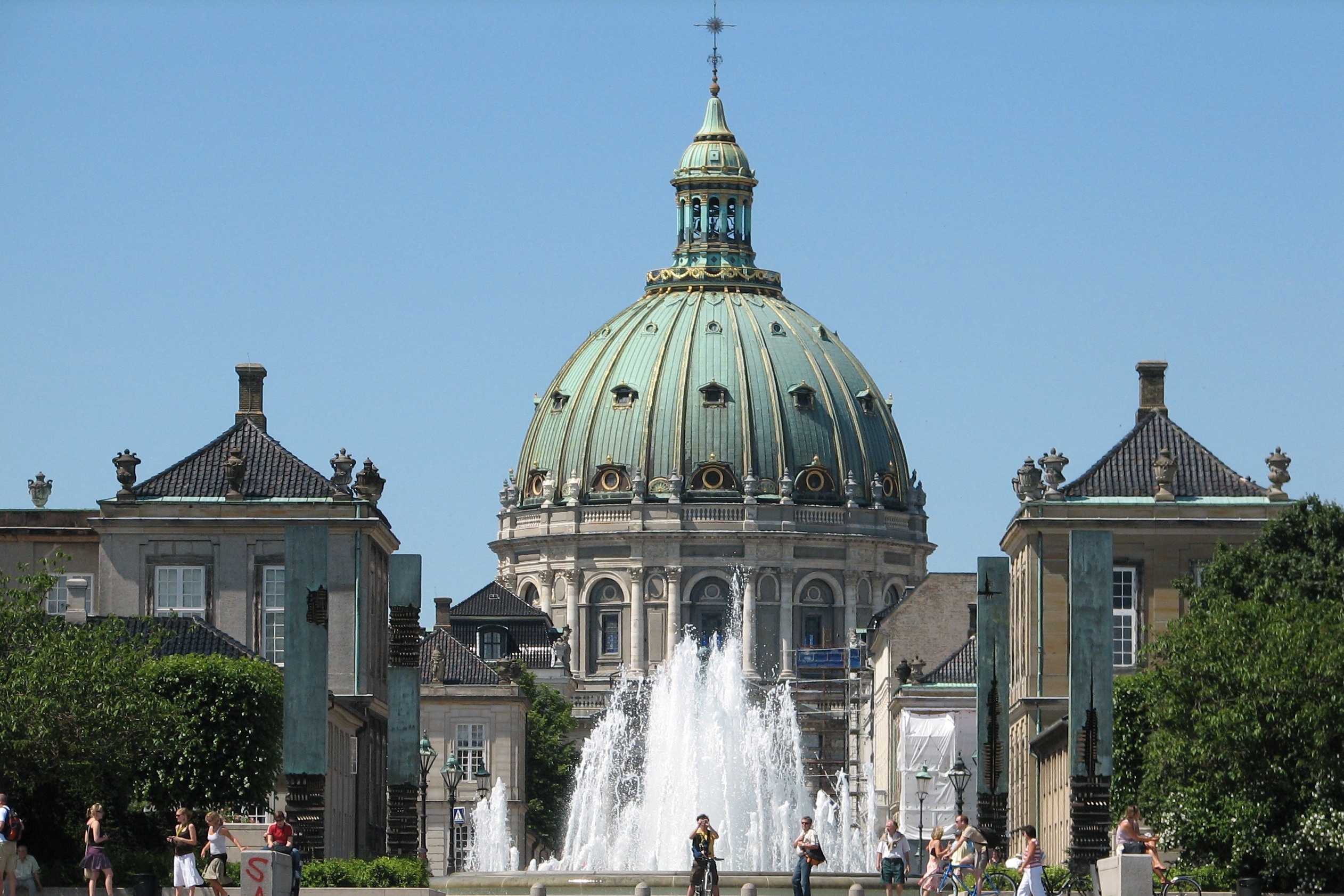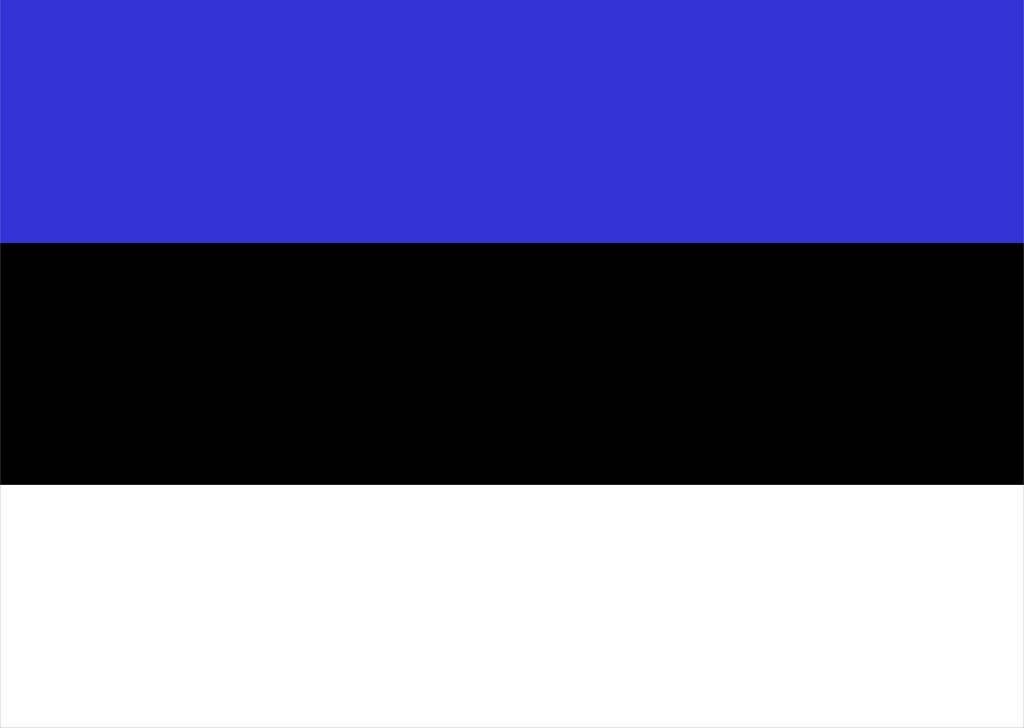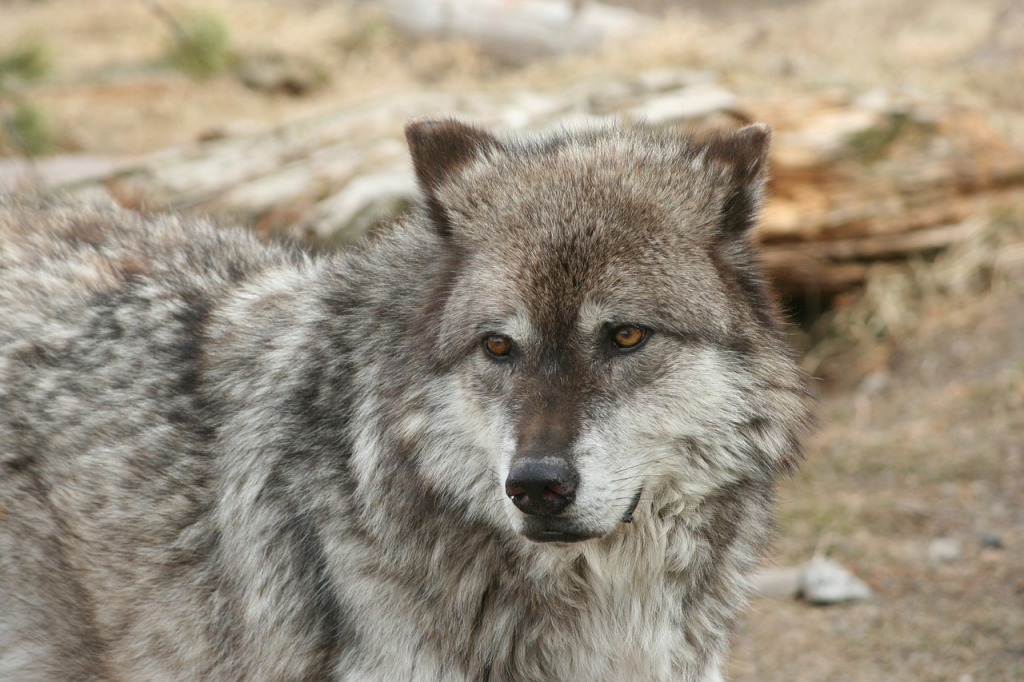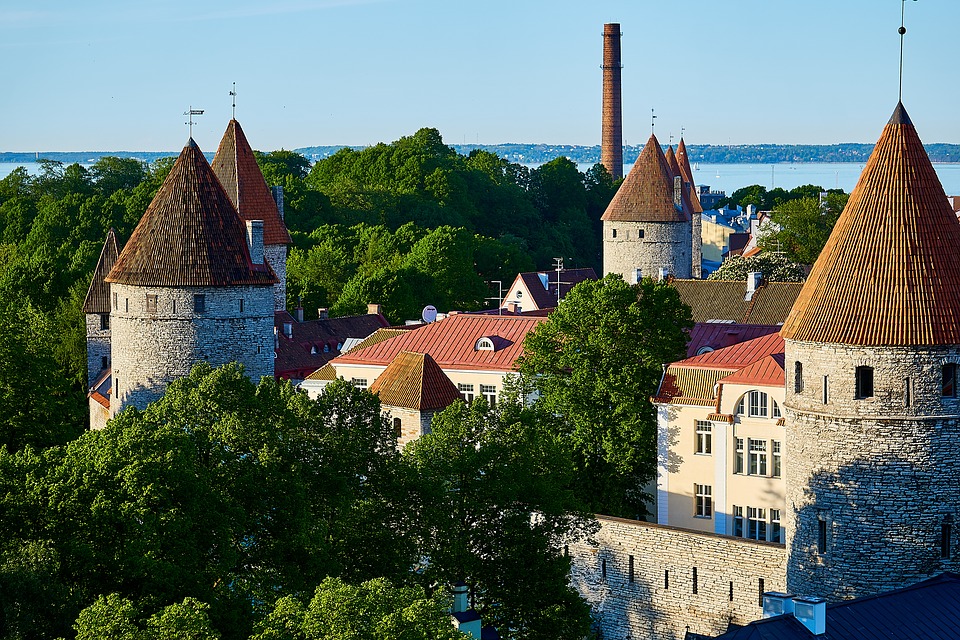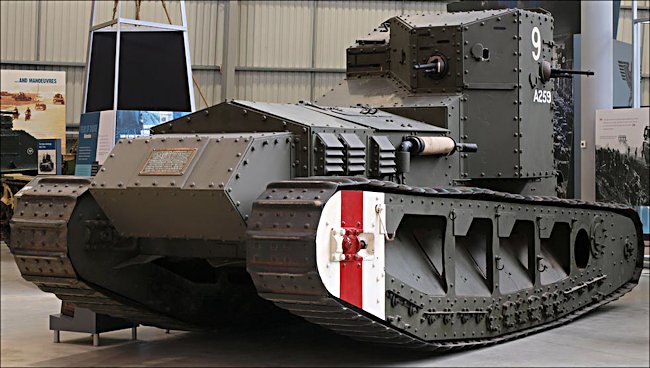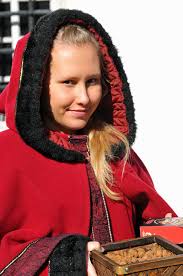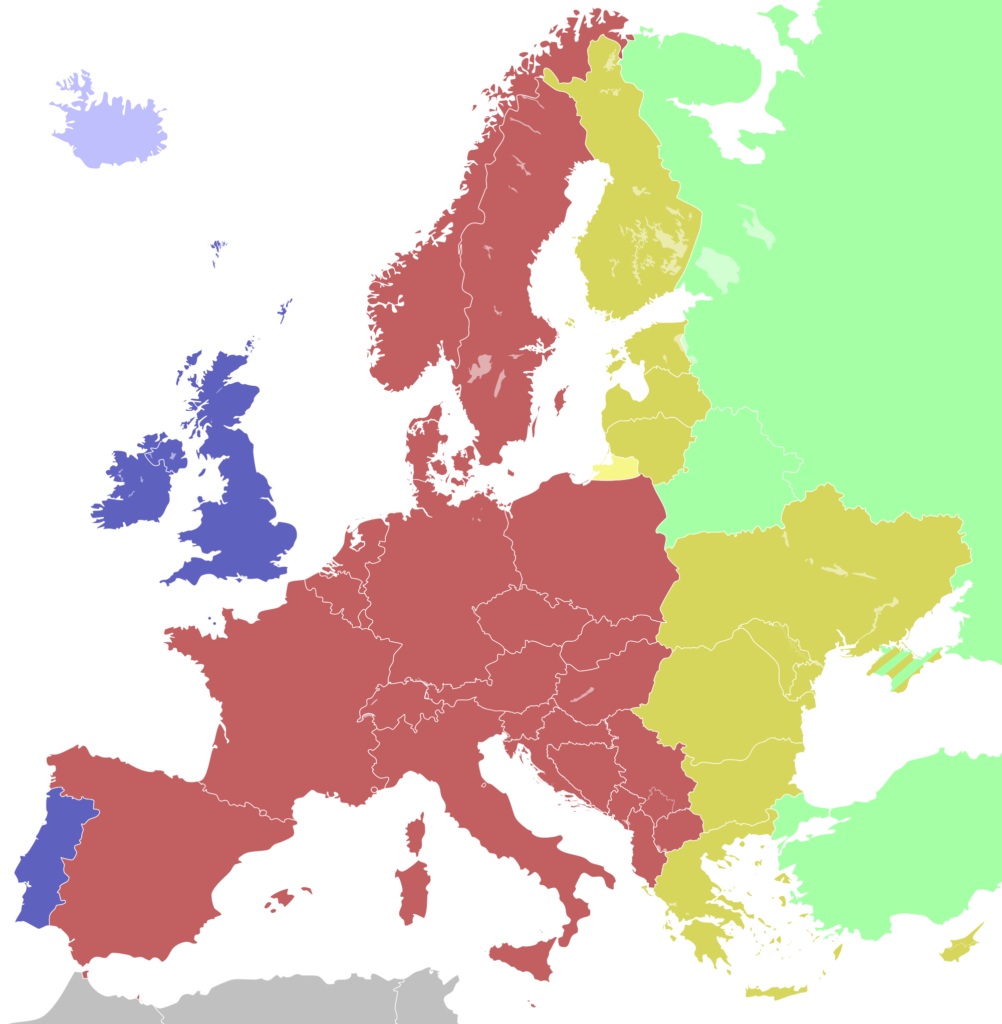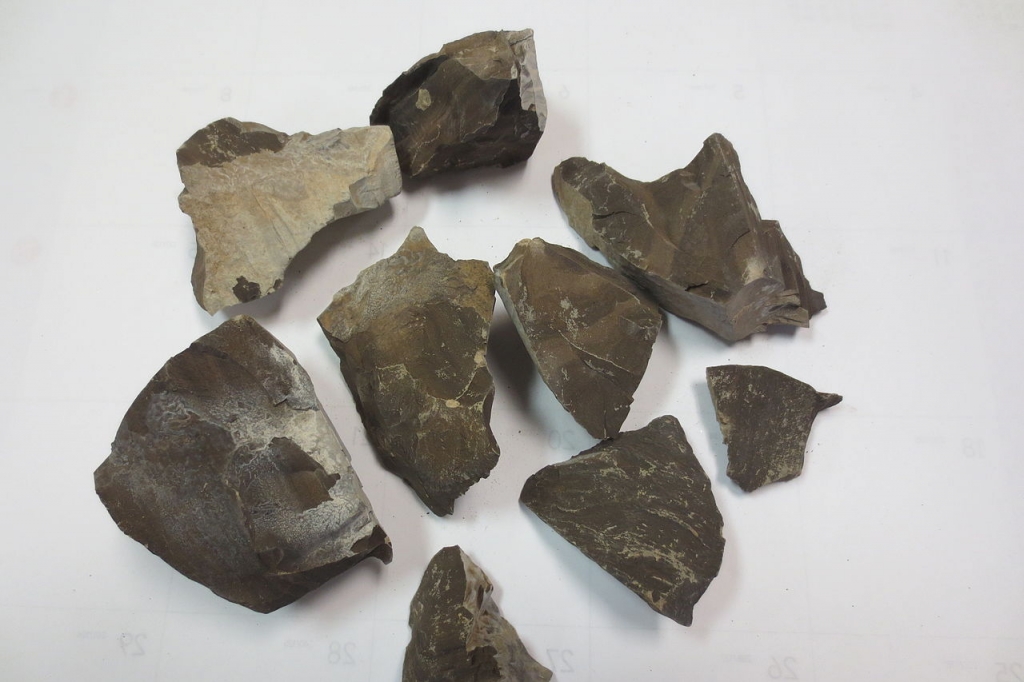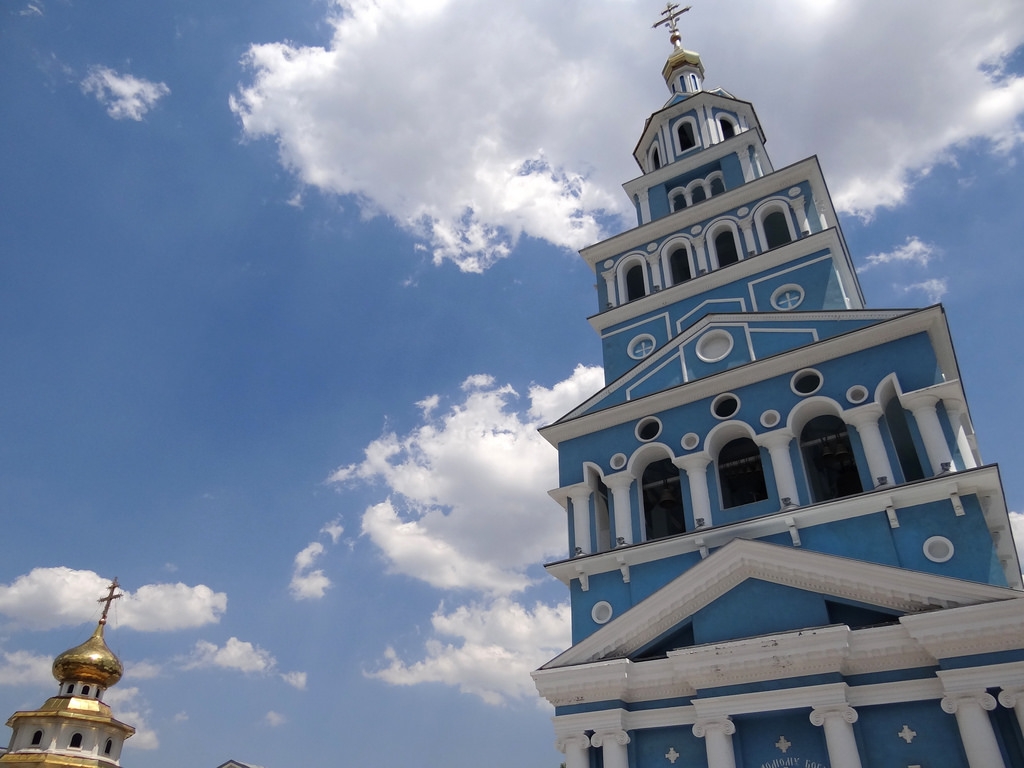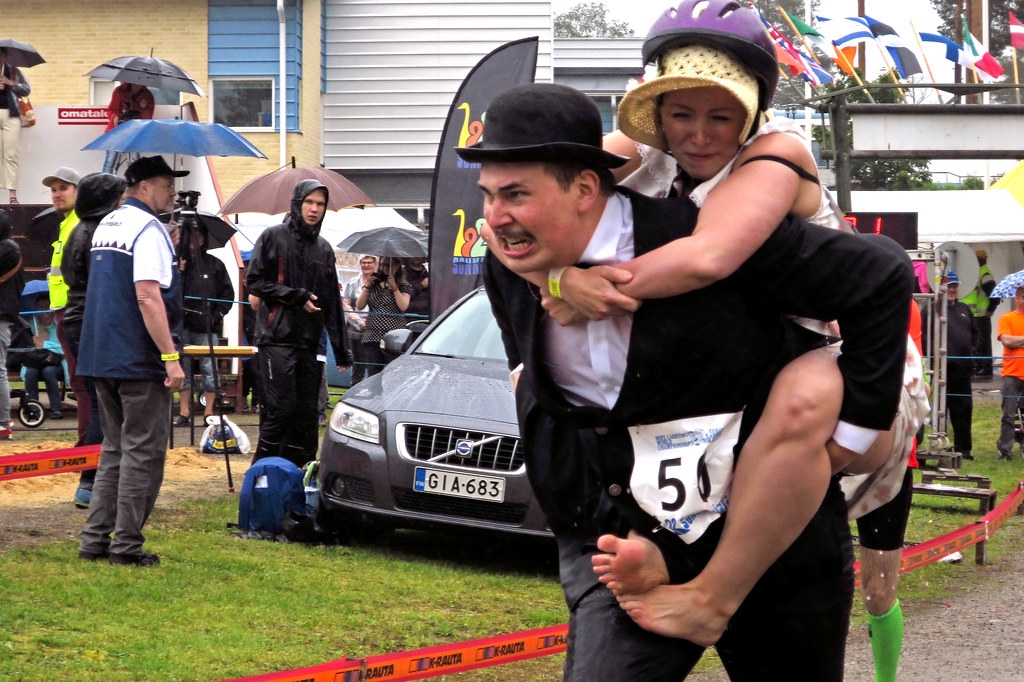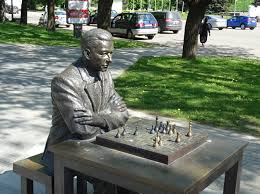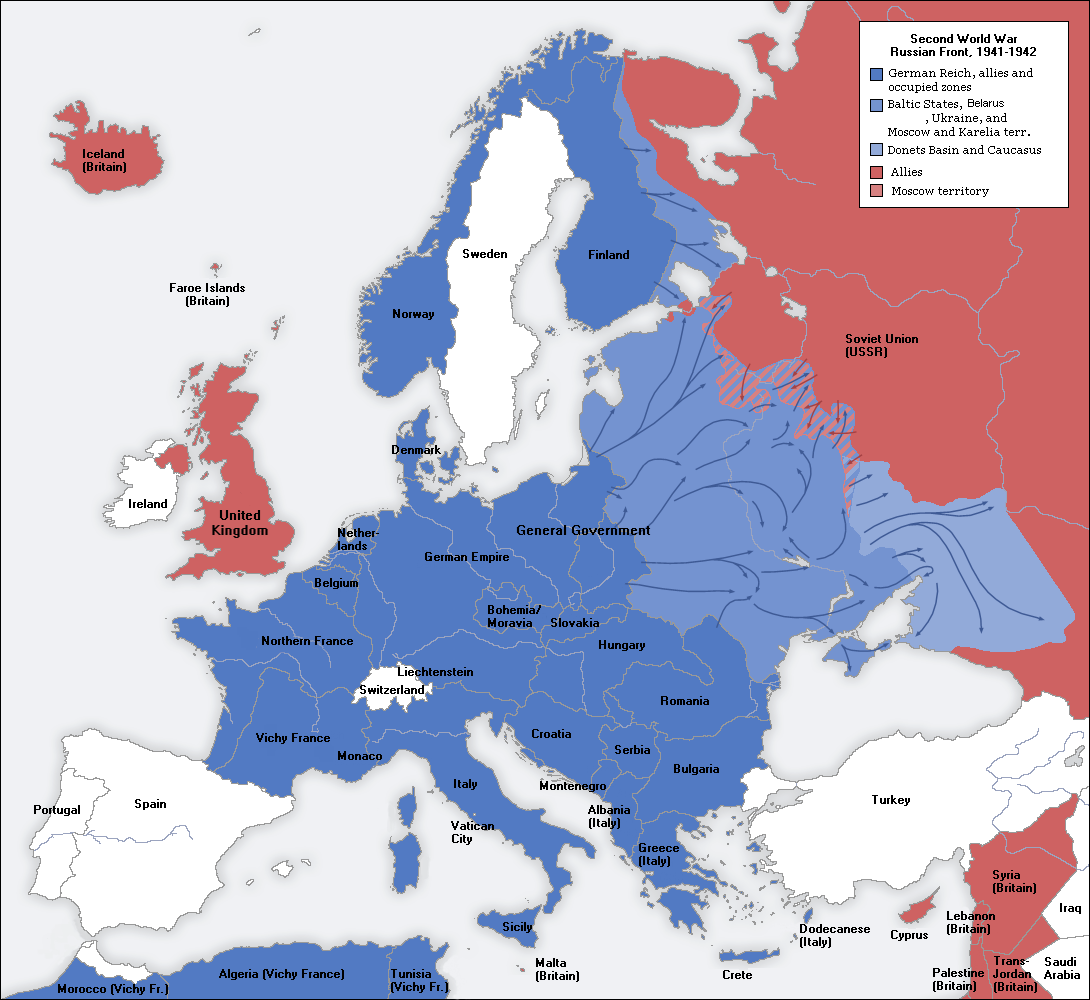Estonia Facts
Estonia is one of the northern European countries, officially known as The Republic of Estonia. It has a great deal of water surrounding it and consist of many islands as well as the mainland.
Estonia is a lowland country and is bordered by the Baltic Sea, Latvia and Russia. There are many lakes, rivers and forests throughout this country.
The rivers flow into the sea in the Gulf of Finland and into the largest lake in Estonia, Lake Peipus.
Quick Facts
Capital: Tallinn
Population: 1.3 million
Key Cities: Tartu, Narva, Kohtla, Parnu.
Official Language: Estonian, Russian
Major religions: A non-religious society, some Christianity and Lutheran and Orthodox communities.
Geography
Bordering countries: Latvia, Russia
Size: 45,227km2
Lowest Point: Baltic Sea 0 m.
Highest Point: Mount Suur Manamagi 318 m. (1,048ft)
Estonia is a country slightly larger than Denmark. It is made up of small hills, lakes, rivers and forests. The longest river Parnu is about 90 miles (145km) long and its largest lake, Peipus, is shared with Russia.
It is a very green country with 50% of the country being made up of forests.
The forests and countryside provide the right surroundings for bears, wolves lynx, foxes, rabbits and several kinds of deer. Deep in the forests are wild pig. The rivers are filled with fish such as cod, herring, salmon eel and plaice.
Estonia has a temperate climate, not too hot and not too cold. It lies in the path of cyclonic winds that bring warm air in winter and cool air in summer.
There is lots of space in Estonia because it is one of the least populated countries in the world. The country has a large number of islands and islets, 2 355 of them altogether, including the islands in the lakes.
The two largest islands are called Saaremaa and Hilumaa.
History
Estonia has had a history of resisting other nations. They have had to fight off attacks from Vikings, Danes, Swedes and Russians. The people of Estonia were dominated by other nations.
They were kept under the rule of other countries until after the First World War.
In 1918 Estonia was given independence and in 1920 a peace treaty signed with Russia. Sadly, when the Second World War started, Russian troops occupied Estonia and the country became part of Russia.
In 1941 the German army took over and then in 1944 the Russians took Estonia back again and sent tens of thousands of Estonians to be deported to Siberia.
Finally, after being oppressed for centuries the Estonians and other Baltic countries joined together in a non-violent organisation to bring about change.
They gathered together and sang their patriotic songs in public and started ‘The Singing Revolution’ in 1988. This peaceful revolution led to their independence and helped them regain their freedom in 1991.
They became a democracy and one of the ten states to join the EU, European Union.
Economy
Estonia has farming, forestry and fishing industries that make good use of the land and its resources. The main crops are potatoes, barley and hay and they have cattle and pig farms too.
The large number of rivers and lakes and surrounding sea water allow for fishing industries.
The timber in the forests can be felled and used to make paper, pulp, plywood and other timber products. These industries help many people to have work to do in Estonia.
The most important mineral in Estonia is oil shale. It is a type of rock that can produce petroleum products.
The country also has reserves of peat, phosphorus, limestone, dolomite, marl, and clay.
Transport is free. There are three ports near Tallinn and one inland port at Narva. The state of Estonia owns the shipping company and the state airlines.
The currency used in the country is the Kroon, but recently Estonia has started using the Euro as well.
Culture
Estonians love singing and music. They have a song celebration that dates back to 1869 when they held the first festival. Now the festival, held every five years, is one of the largest choral events in the world.
There are joint choirs of over 30,000 singers who entertain more than 80,000 people at the festival.
Most people speak Estonian or Russian. The people who live on the island of Muchu have their own dialect and a culture that is closer to Scandinavia.
The people of Estonia are not very religious. Many of them are atheists.
The people who do go to church are mostly Christians or Lutheran and some from Eastern Orthodox communities.
Famous Estonians
Arvo Part – he became the world’s most performed living composer in 2017.
Kelly Sildaru – a freestyle skier, aged of 13, the youngest gold medal winner at the Winter Games.
Roberta Einer – a womenswear designer who has designs worn by celebrities like Rihanna and Lady Gaga.
Fun Facts About Estonia
Estonians enjoy a non-Olympic sport called ‘Wife carrying’ They won the wife carrying championships for eleven consecutive years, between 1998 and 2008.
The Struve Geodetic Arc is a chain of survey triangulations from Hammerfest to the Black Sea and was the first accurate measurement of a meridian.
Paul Keres, an Estonian, was a grandmaster chess champion from the 1930’s to the mid 1980’s. One hundred thousand mourners attended his funeral in 1975 which was more than 10% of the population at the time.
Estonia is one of the cleanest places to breathe on earth with 50% of the country being forests and 22% agricultural land.
Estonia is described as the most internet-focused country in Europe – you can even get the internet in the middle of the forests!
Estonia has the highest collection of folk songs in the world, 133 000 altogether. They love singing.
More European country facts.

